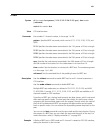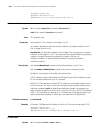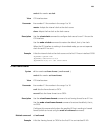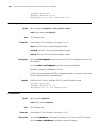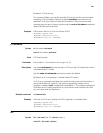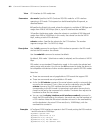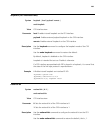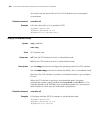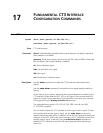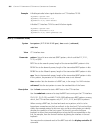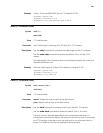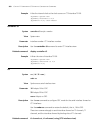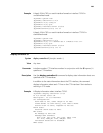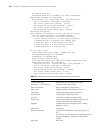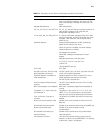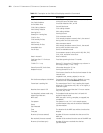
17
FUNDAMENTAL CT3 INTERFACE
CONFIGURATION COMMANDS
alarm (CT3 interface view)
Syntax alarm { detect | generate { ais | febe | idle | rai }}
undo alarm { detect | generate { ais | febe | idle | rai }}
View CT3 interface view
Parameter detect: Enables/disables periodical alarm signal detection. By default, periodical
alarm detection is enabled.
generate: Sends alarm signals, which can be AIS, RAI, idle, or FEBE for line state
test. By default, alarm signal sending is disabled.
ais: Alarm indication signal.
febe: Far end block error signal.
idle: Idle signal.
rai: Remote alarm indication signal.
Description Use the alarm command to enable the CT3 interface to detect/send alarm
signals.
Use the
undo alarm command to remove the alarm signal detection/sending
setting.
At the startup of your device, periodical alarm signal detection is enabled on the
CT3 interface. When detecting LOS, LOF, or AIS signals, the interface sends RAI
signals to its peer. Alarm state report for the interface is real time; you may view
that by performing the display controller t3 command.
The supported alarm signals, LOS, LOF, AIS, RAI, FEBE, and idle, are ANSI
T1.107-1995 compliant.
You can only configure the CT3 interface to send a type of alarm signal. To have
the interface send another type of signal, use the undo alarm command to
remove the previous setting first. In addition, when the RAI signal generated upon
detection of the LOS, LOF, or AIS signal is present, the CT3 interface cannot send
another type of signal. To do that, use the undo alarm detect command to
disable the CT3 interface to send the RAI signal generated after detecting an
alarm first.



